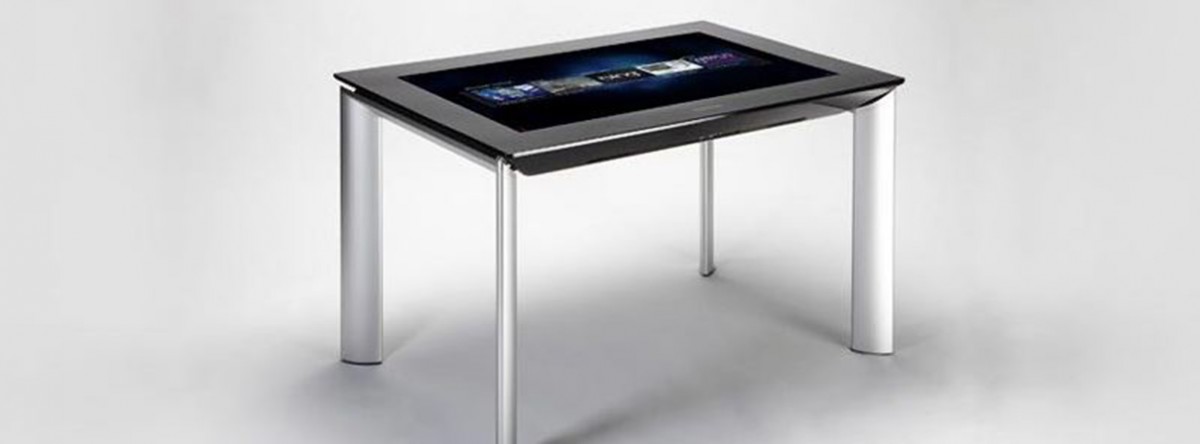
The Art Table is a complete solution based on the Microsoft Surface 2.0 interactive table device that targets the art fruition experience by all citizens within museums and Cultural Heritage Institutions (CHIs). The solution offers a number of facilities aiming at a number of human activities including education, entertainment and information.
The standard setup of Art Table embeds a number of applications, such as:
Target Domains
Art Table can be employed by any Cultural Heritage Institution or Organization aiming to augment the experience provided to visitors through a single digital exhibit.
Art table comes with embedded applications that can be personalized to meet the demands of third parties or integrate new applications on demand. Art Table also integrates a number of ready to use hand crafted physical objects that are used for interacting.